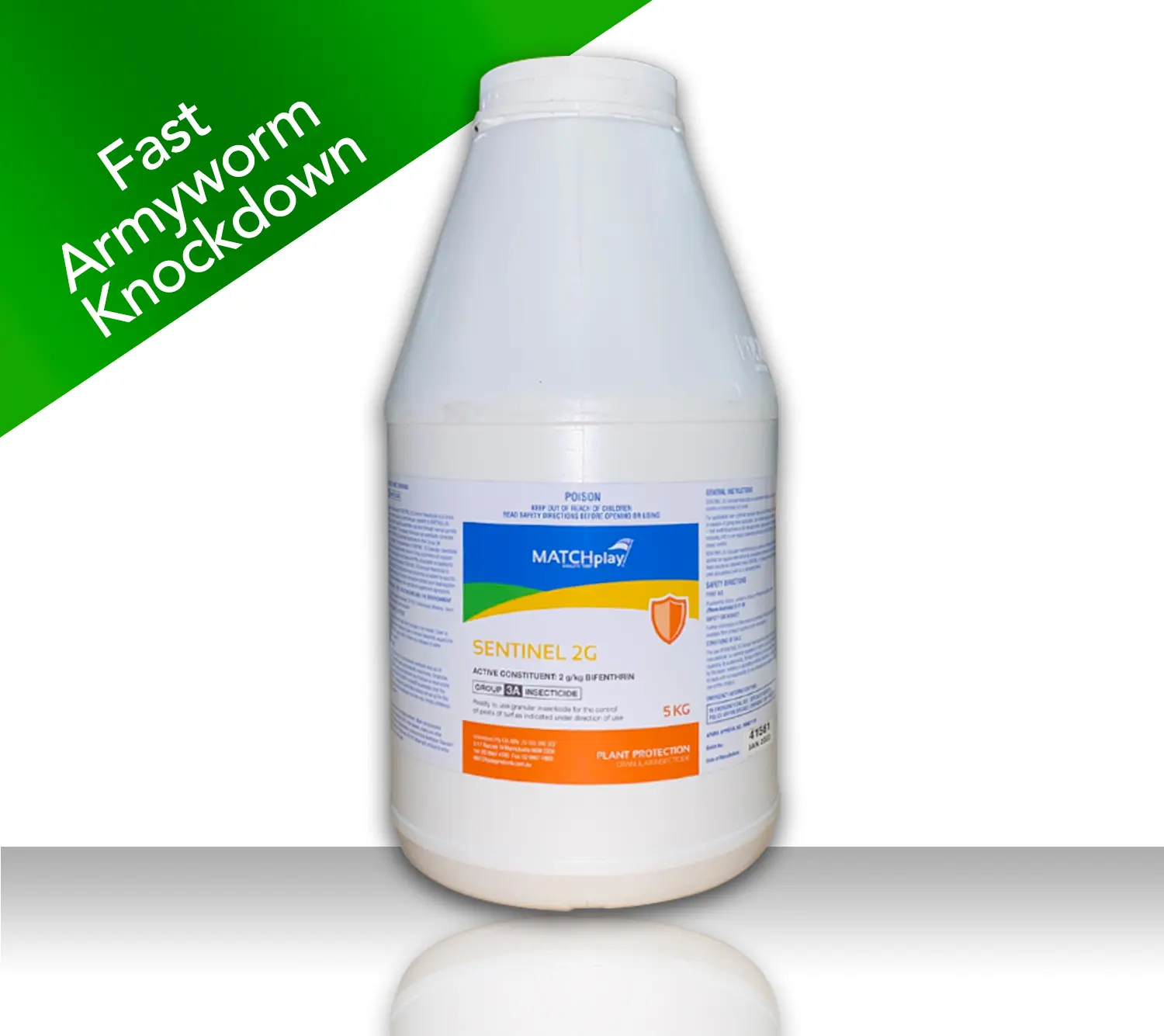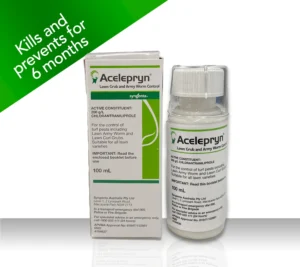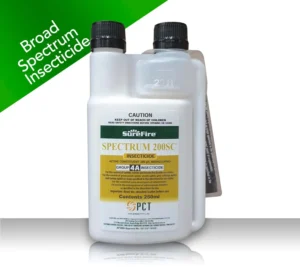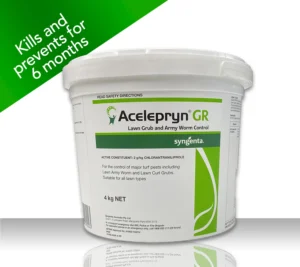Sentinel 2G 5kg Granular Lawn Insecticide
$39.95
3 in stock
Description
Sentinel Lawn Insecticide is a granular insecticide that contains a fast knockdown for many pests, including African Black Beetle Adults, Lawn Armyworm and Black Ants, as well as other insects.
How Sentinel Granular Lawn Insecticide works
The active ingredient in Sentinel granular insecticide is bifenthrin which is known for its fast knockdown capability of Lawn Armyworm. Sentinel can knockdown:
- African Black Beetle Adult
- Lawn Armyworm
Sentinel Granular lawn Insecticide label
Description
Sentinel Lawn Insecticide is a granular insecticide that contains a fast knockdown for many pests, including African Black Beetle Adults, Lawn Armyworm and Black Ants, as well as other insects.
How Sentinel Granular Lawn Insecticide works
The active ingredient in Sentinel granular insecticide is bifenthrin which is known for its fast knockdown capability of Lawn Armyworm. Sentinel can knockdown:
- African Black Beetle Adult
- Lawn Armyworm





There are no reviews yet.